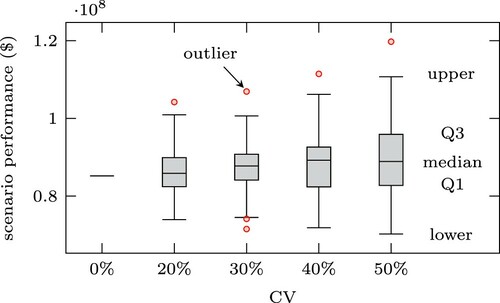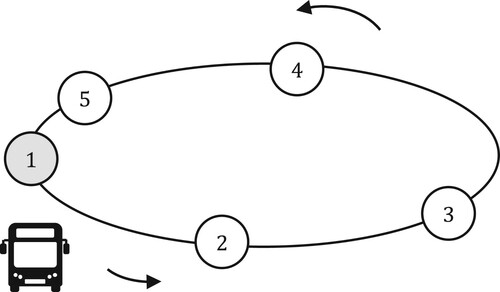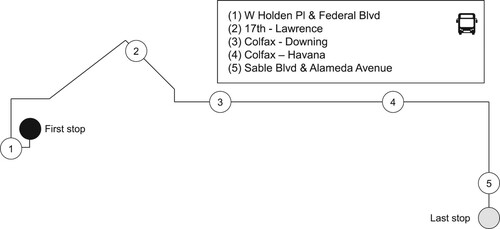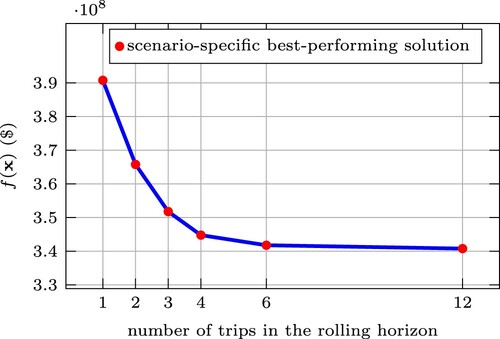Figures & data
Figure 1. Illustration of trips that we can modify their stop-skipping plans in two consecutive rolling horizons.
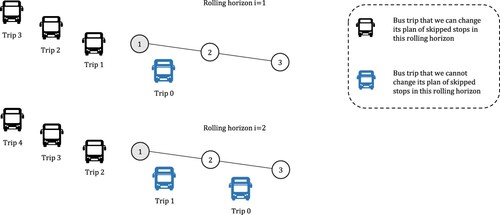
Figure 2. Required solution evaluations for a bus line with bus stops when the number of trips in the rolling horizon,
, varies. The possible computations are the computations that can be executed by the world's fastest supercomputer in 1 min.
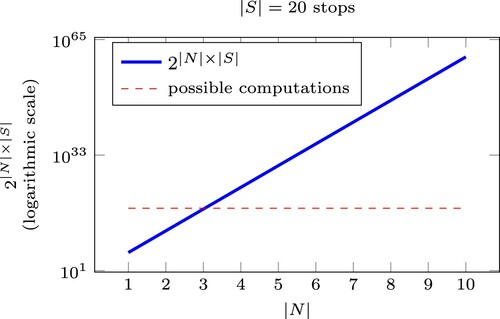
Figure 3. Required number of objective function evaluations with brute force and S-HC for rolling horizons with 1–10 trips, a bus line with 20 stops, and .
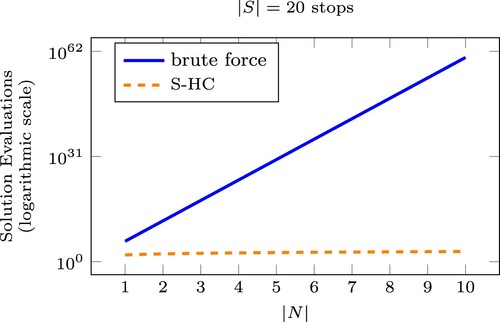
Table 1. Parameter values of the idealized scenario.
Table 2. Computational costs and optimality gap(s) when applying Brute Force (BF), S-HC and the GA in the idealized bus line for different numbers of stops.
Figure 5. Convergence of the S-HC algorithm in the case of 5 bus stops and 4 trips in the rolling horizon.
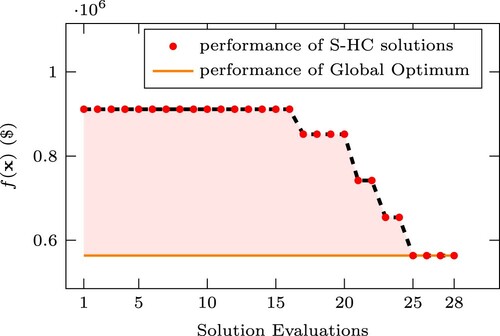
Figure 6. Computational cost when evaluating the performance of a single solution in a rolling horizon with 4 bus trips with respect to the number of stops.
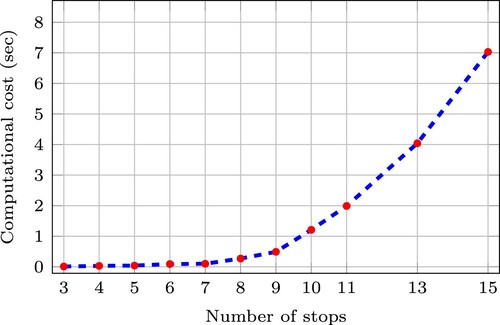
Table 3. Expected travel times, 
 .
.
Figure 8. Performance when applying the optimal stop-skipping solution in 1000 simulations considering , 0.3, 0.4, and 0.5, respectively.
